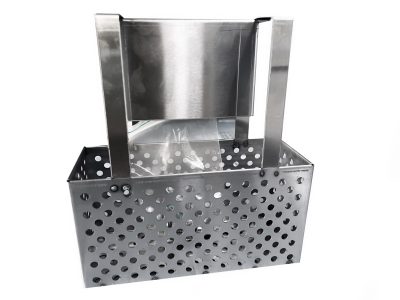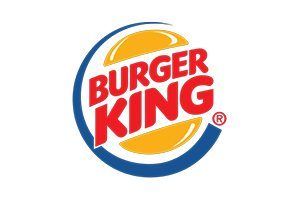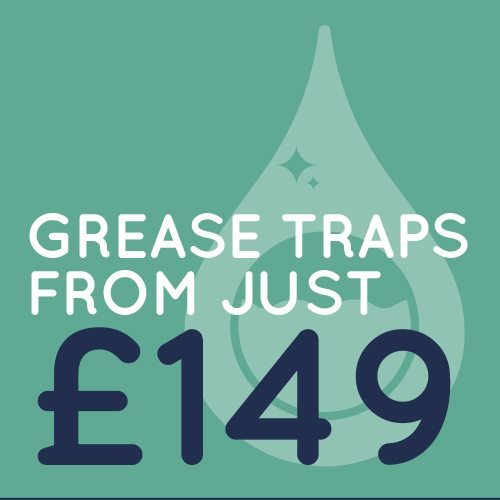How does a grease trap work?
Numerous homeowners are aware of just how dirty a kitchen sink can get. It is an inescapable fact that cooking does end up creating plenty of dirt and waste, particularly liquid waste. Leaving a kitchen sink unclean will leave you having to sort out a whole host of issues. Nevertheless, cleaning is simple enough if you have a grease trap installed in your drainage system. So why a grease trap, and how does a grease trap work?
Why sinks require grease traps?
Kitchens large or small, domestic or commercial, will produce wastewater during cooking activities, in the preparation of meals and when washing your dishes. Wastewater created during these actions will more often than not contain grease, oil and solid food particles. Specifically, if you use dishwashers, combi ovens and hot oil woks – you will be producing large amounts excess grease.
Left ungoverned, these elements end up accumulating in drains and sewerage pipes. High viscosity cooking fats and greases like lard will then solidify in your pipes as they cool. Over time, without the help of a grease trap they lead to problems like:-
– Restricted flows of wastewater
– Unacceptable odours
– Blocked drain pipes and sewers, leading to back-ups of waste.
– To stop these issues from occurring, kitchens need to install grease traps in their drains.
What exactly is a grease trap?
Grease traps are used as effective plumbing devices which act to intercept grease, oil and solids before they enter your disposal drainage systems. They look like boxes which sit within your drain and which intercept the flow of wastewater between a sink in your kitchen and the main drainage system. They can be made out of a variety of material like stainless steel, concrete or plastic and depending on the make that you buy, grease traps will come with wide range of alternative capacities. As they accumulate large quantities of your waste grease and fats, regular cleaning is a requisite on a weekly basis.

How does a grease trap work & how we can help
As the wastewater from your overworked dishwashers and sinks enters your installed grease trap tank, it acts as a reservoir to hold onto the wastewater and sift out the food that hour by hour passes through the trap. Solid waste will sink to the bottom of the trap because it is heavier. The traps wastewater reservoir cools down the grease to room temperature and these substances subsequently harden.
Now solid, these substances will float to the top and displace all of the liquid from the middle of the trap. A grease trap will have tight tube fittings that let the remaining wastewater to flow unrestricted to the exit pipe.
After this, the water drains out into the main sewer lines, whilst leaving behind the troublesome grease and oil in your grease trap. You can buy grease traps that can even have an additional tank for trapping grease that could have escaped from your first one. The thorough process of filtration that you receive from a grease trap helps to prevent major blockages overall.
Questions? Contact Grease Trap Store
It is important to know how a grease trap works because this helps you to recognise the benefits of having one installed. With regular maintenance, you can make sure that your grease trap continues to work hard to keep your drainage system working perfectly.












